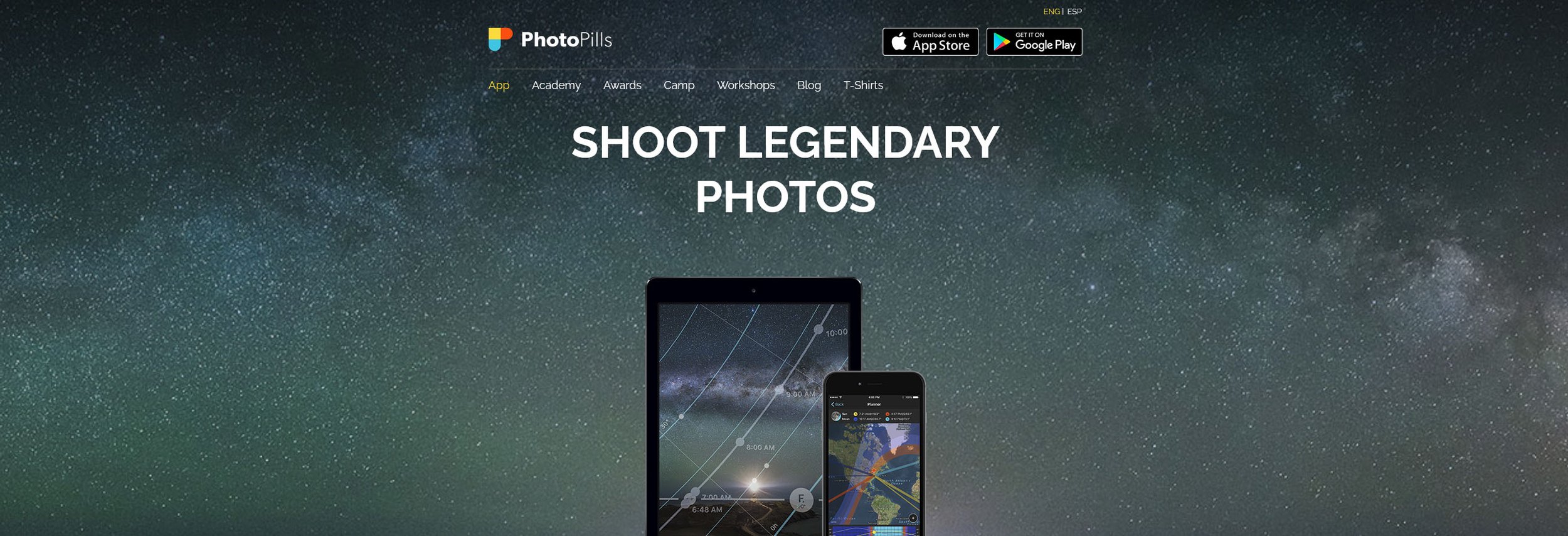It certainly seems like we are living in a golden age of eclipses.
When we started National Parks at Night in 2015, we were in the middle of a rare tetrad of blood red lunar eclipses. We experienced the 2017 total solar eclipse in a variety of ways, with Gabe and Matt leading hands-on experiences in Idaho and Oregon, respectively, and me sitting on a blanket with my daughter in South Carolina.
Then in 2023 we seized our first ring of fire eclipse with a group trip to Capitol Reef National Park, and with another group learning PhotoPills at the edge of the eclipse path in Joshua Tree National Park.
Then we prepared for the next big one: the Great North American Eclipse of 2024. It’s happening this coming Monday, April 8.
To help get you prepared, we’re excited to announce our brand new e-book, There Goes the Sun: A Guide to Photographing a Solar Eclipse.
What’s in the Book
The book comprises 66 pages and is chock full of everything you’d want to know about shooting an eclipse. Including:
a history of eclipses
a list and explanations of the gear required
notes on eye and gear safety
results on testing different solar filters and their affect on color
detailed instructions on scouting, shooting and processing
a gear guide for all sorts of products to help in the cause
and more!
Sample Pages
Sample Tips
Here are three tidbits on eclipse photography that you can find in the book:
“If you manually follow the eclipse with a long lens, it’s a good plan to allow room for the sun to travel across your frame for some time and then readjust your framing when it nears the edge. This does, however, require attention to your camera throughout all the phases you will be photographing.”
“The sun moves its own diameter every 2 minutes. Setting a shooting interval for every 2 minutes will make sure that you capture many phases of the eclipse without any overlap.”
“For everything except totality images, you can probably edit one to taste and then synchronize that image with the rest. But for your frames close to or during totality, which you shot at different exposures, you’ll need to edit them separately to get them to match.”
Get Your Copy Today
Whether you’re new to photographing eclipses and need to know where to start, or whether you’ve done this before and want to level up, we have you as covered as a black-hole sun!
Get your copy of There Goes the Sun for $9.99 today by clicking below:
Then, when you’re done shooting the eclipse, we’d love to see your images! Share in the comments below, or on our Facebook page, or on Instagram (tag us @nationalparksatnight #nationalparksatnight #seizethenight). Be sure to tell a story too—the technical aspects, the challenge overcome, or a tale of the experience.





















